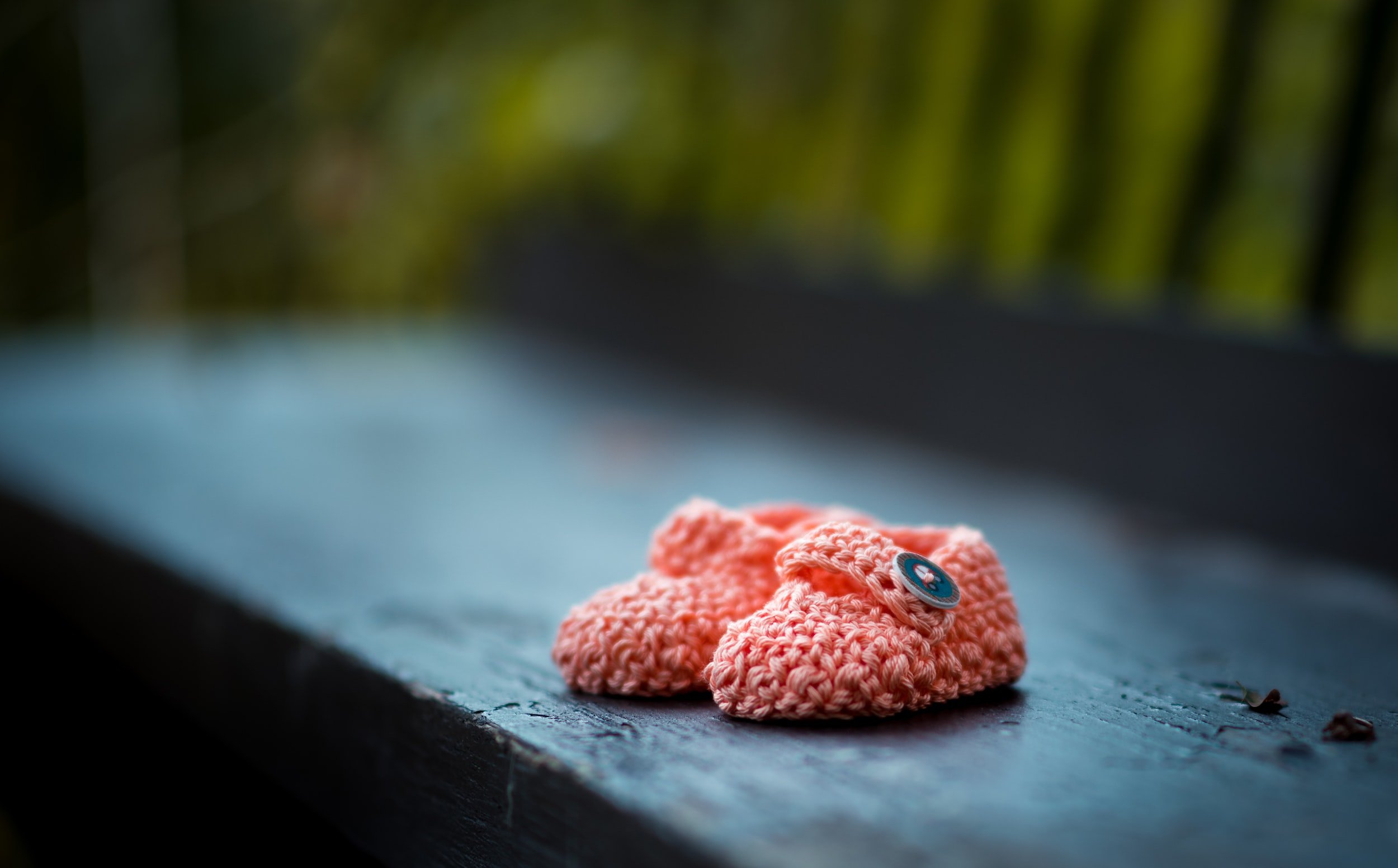If I asked you about the thalidomide scandal, and what that drug’s impact was on the babies of mothers who took it, chances are you’d know.
But what about the DES scandal? Probably not.
Which is why they call it ‘the silent thalidomide’.
And yet this tragedy occurred more recently, over a longer timeframe, and affected significantly more women.
An estimated 300,000 British, 300,000 Dutch and five to 10 million American mothers and daughters have been impacted by a drug called DES in a ‘cancer timebomb’.
And that number is still growing as more effects continue to pass down to subsequent generations.
“DES has had a huge effect on my life. I want policymakers and corporations to know that they damage an individual, they damage lives; that we were robbed.”
In 1938, DES, a synthetic estrogen, was developed in the UK to treat menopause symptoms in women. By the 1950’s, its application widened, and it was prescribed to pregnant women to prevent miscarriage or to dry up breast milk.
This continued until the 1970’s, even though a research study in 1953 had shown DES to be ineffective in preventing miscarriage.
In 1971, DES was finally withdrawn after a research study proved a link between DES and a rare vaginal cancer in girls and young women – clear cell adenocarcinoma (CCAC): a type of cervical cancer which normally occurs post menopause. The symptoms appeared not in those women who had taken DES, but in their daughters. These women became known as the DES daughters.
The connection was only made after a doctor noticed a cluster of cases and one of his young patients’ mothers asked if it had anything to do with her taking DES during pregnancy. Subsequent investigations would show that DES could cause a whole host of serious medical problems, in addition to cancer. Including infertility.
“Going through fertility treatment and dealing with the impact of DES knocked me out. I felt bereft when we decided not to have any more treatment. Infertility hits in a place you don’t know exists. It felt like I rendered my husband childless. We suffered terrible grief.”
When researchers launched further studies with DES daughters, they found that up to a third of women whose mothers had taken DES during pregnancy had been born with or developed significant abnormalities in their reproductive organs: cervix, uterus & fallopian tubes.
This often resulted in infertility or serious problems in pregnancy, including ectopic pregnancies, miscarriages and premature births .
Later studies would show that all DES daughters carry a lifelong risk of clear cell adenocarcinoma and are 40 times more likely to develop it than unexposed women, at a much younger age. In addition, both mothers and daughters have an increased risk of breast cancer: in the DES daughters’ case, more than twice as likely as other women once they are over 40.
DES daughters also have an increased risk of developing asthma, lupus, arthritis and heart disease.
It is now thought DES granddaughters may also be affected with a higher prevalence of cancers, early menopause and infertility, although research is at an early stage.
Men have also been affected. DES sons are more likely to have genital malformations and lower sperm count.
So, given the magnitude of these medical issues, why hasn’t the DES scandal made the headlines more often?
Probably because the effects of DES are far less visible. The damage is immediate, but do not come to light until DES daughters reach their teenage years or even older. Therefore the potential harm of DES is much less well known.
There could still be thousands of women unaware that they carry a legacy from this drug from their mothers.
And also unaware that they may inadvertently pass that legacy on to children of their own.
Lawsuits on DES have been brought in the USA where this issue is much more widely recognised and publicised, and also in France and the Netherlands. No successful cases have been brought in the UK. What’s more, there is no plan by the UK government to launch an enquiry into DES despite the adverse effects this drug has had and is still having on so many women. Given the suffering caused to so many women, and the ongoing problems being passed down to future generations, surely this cannot be right.
“I had a severe depression and went through treatment. My guilt as far as DES is concerned has now gone. I had a lot of help. It’s been awful for the girls. We have very good relations, so it hasn’t, in that sense, destroyed us.”
Further Reading
DES Daughter: A True Story of Tragedy and Triumph.
By Joyce Bichler, a gripping story of how she beat cancer and fought back in court against drug maker Eli Lilly



